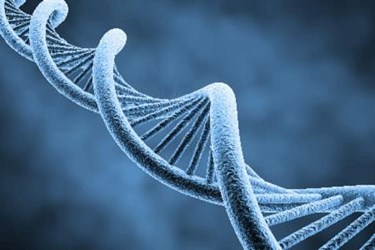Practical Guide: Selecting The Optimal Resins For Removal Of DNA Contamination During Process Purification
By Payal Khandelwal, Ph.D.

Effectively Eliminate DNA Contamination with Our Versatile Process Resins
Cell culture production of recombinant proteins invariably results in a protein sample contaminated with host cell DNA. The contaminating DNA leads to increased viscosity of the feedstream and can interfere with subsequent purification steps such as anion exchange chromatography. In addition, contamination with cellular DNA creates a therapeutic risk. Regulatory authorities require that DNA levels in all therapeutic protein and antibody samples be reduced to 10–100 pg/dose. Cell culture clarification processes, such as centrifugation or tangential flow filtration (TFF), can provide some initial DNA removal. However, such techniques create high-shear conditions, which could increase cell disruption and, as a result, contamination. In addition, use of Benzonase or other nucleases can lead to contamination with DNA fragments instead of the full-length DNA and requires subsequent nuclease removal. Moreover, this method does not maintain the DNA binding activity of some proteins, which can be a requirement of the purification process. In contrast, chromatography avoids these issues, resulting in improved DNA removal from process streams.
Get unlimited access to:
Enter your credentials below to log in. Not yet a member of Bioprocess Online? Subscribe today.
